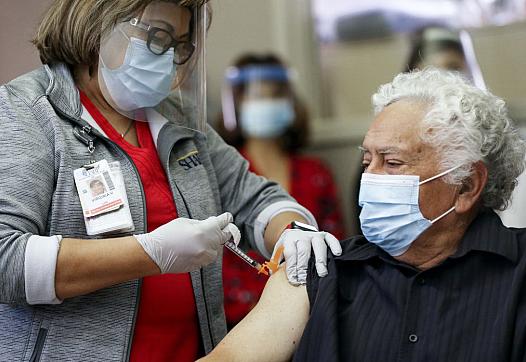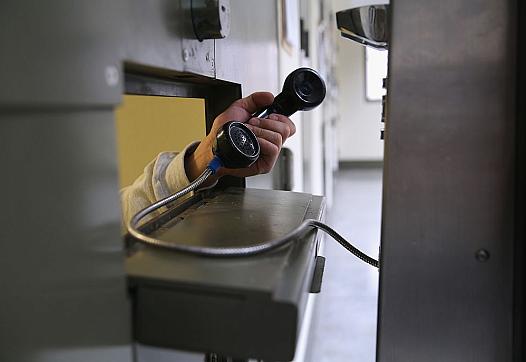
It's worth paying special attention to how many people complete the two-dose COVID-19 vaccination regimen.

It's worth paying special attention to how many people complete the two-dose COVID-19 vaccination regimen.

These groups, and others, will need to drop their opposition to vaccination for the shots to work statewide.

Thousands of U.S. Public Housing Residents Live in the Country’s Most Polluted Places

This story by Janine Zeitlin, a participant in the USC Annenberg Center for Health Journalism's 2020 Data Fellowship.

Reporters from around the country share their strategies.

This story was produced by Ida Mojadad, a participant in the 2019 Data Fellowship, who is investigating the efficacy of the health access program Healthy SF in San Francisco....

A nearly inverse situation appeared in early-December, 2020, Alameda County health data, showing areas where Covid-19 spread fast had low test rates, and vice versa.

A reporter reflects on lessons learned from an especially challenging story.
For my 2020 National Fellowship project, I wanted to cover all COVID-19 angles and regions along the 3000-mile U.S.-Mexico border, including the number of infections, reasons for disparities, multifamily dwellings, the fate of essential workers, the role played by preexisting conditions, and hospita

While other options have emerged, Healthy SF helps those who might otherwise fall through the cracks.